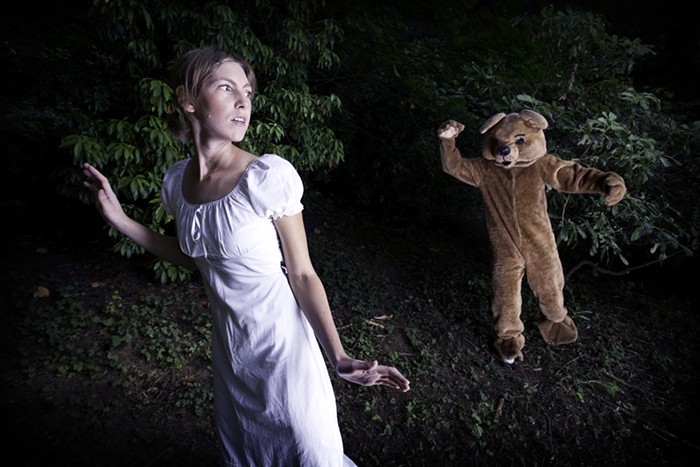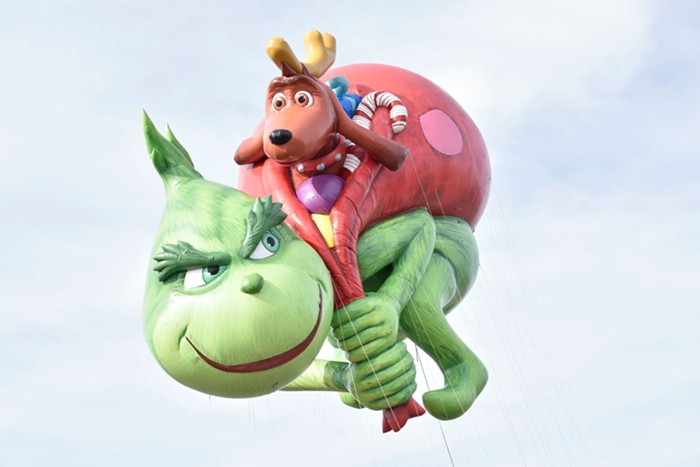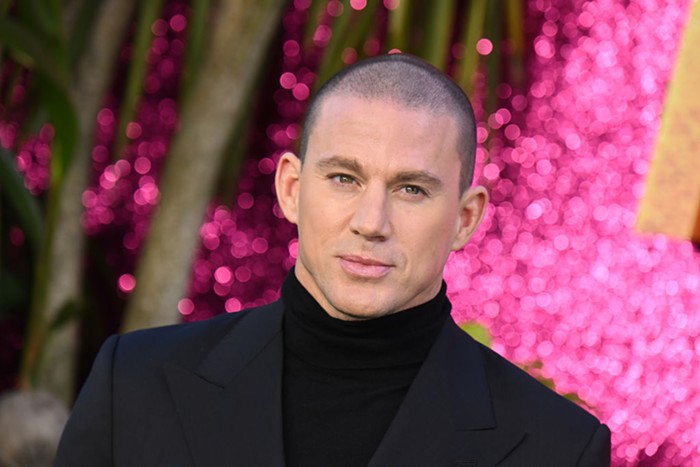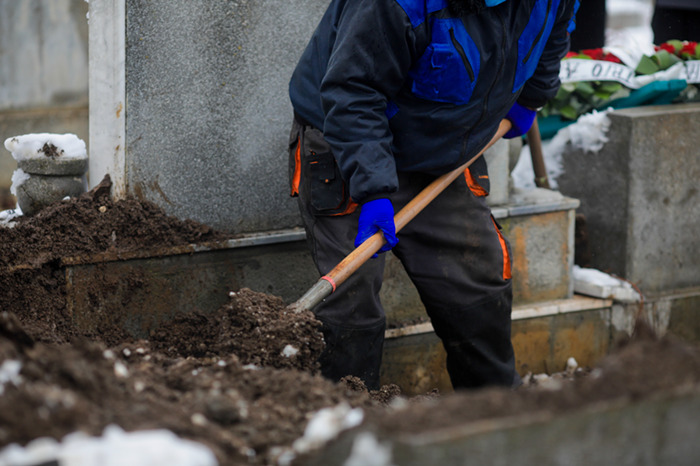dir. Egoyan
Opens Fri Jan 31
Various Theaters
It's said that Hitler, when asked about how people would react to his undertaking with the Jews before WWII, commented that no one remembered the Armenians, who were slaughtered en masse in Eastern Turkey in 1915. He figured his case would be the same, and in fact the Fürher modeled his own genocide after that of the Turks, who killed some 1.5 million people, nearly eliminating an entire race by the time things were said and done. Many people refused to believe it even happened, and history often forgets this obscure slaughter.
Born to Armenian parents in Egypt, Canadian director Atom Egoyan finally gets a chance to exorcise his demons on this subject in his latest film. Egoyan has always been ready to comment on Armenian identity in his films, even when it seems like an unnecessary quirk--especially his 1995 strip-club maze Exotica, which in retrospect seems like the impetuous end model for Ararat.
Novelistic in scope and effortless in its ability to balance many plot intricacies, Ararat is Egoyan's most ambitious, provocative film to date. At its center is Raffi (David Alpay), a young Armenian man conflicted by a knotty familial dynamic: his mother Ani (Arsinee Khanjian), a leading scholar of the real Armenian painter Arshile Gorky; his father, who was killed attempting an assassination of a Turkish official; and his stepsister, who blames Ani for her own father's death. If that's not enough, Raffi and his stepsister sometimes fuck and get high--and that's just the half of it.
Raffi gets a job as a PA on a pet film being made by a famous Armenian director about the genocide, roughly the equivalent of, say, Spielberg making Schindler's List. It's through this film within a film--and the making thereof--that we see the many atrocities perpetrated by the Turks, and the valiant but ultimately impotent fight of the Armenians; at the same time, Egoyan is able to avoid the sentimentalism that comes with a more straightforward approach. Meanwhile, Raffi's personal issues with the genocide culminate when he returns to his homeland to shoot additional footage. It sounds complicated--and it is--but in the deft hands of Egoyan, the technique allows him to explore this haunting, often forgotten tragedy, while exploring the roles of history, art, family, and the very nature of truth.


















